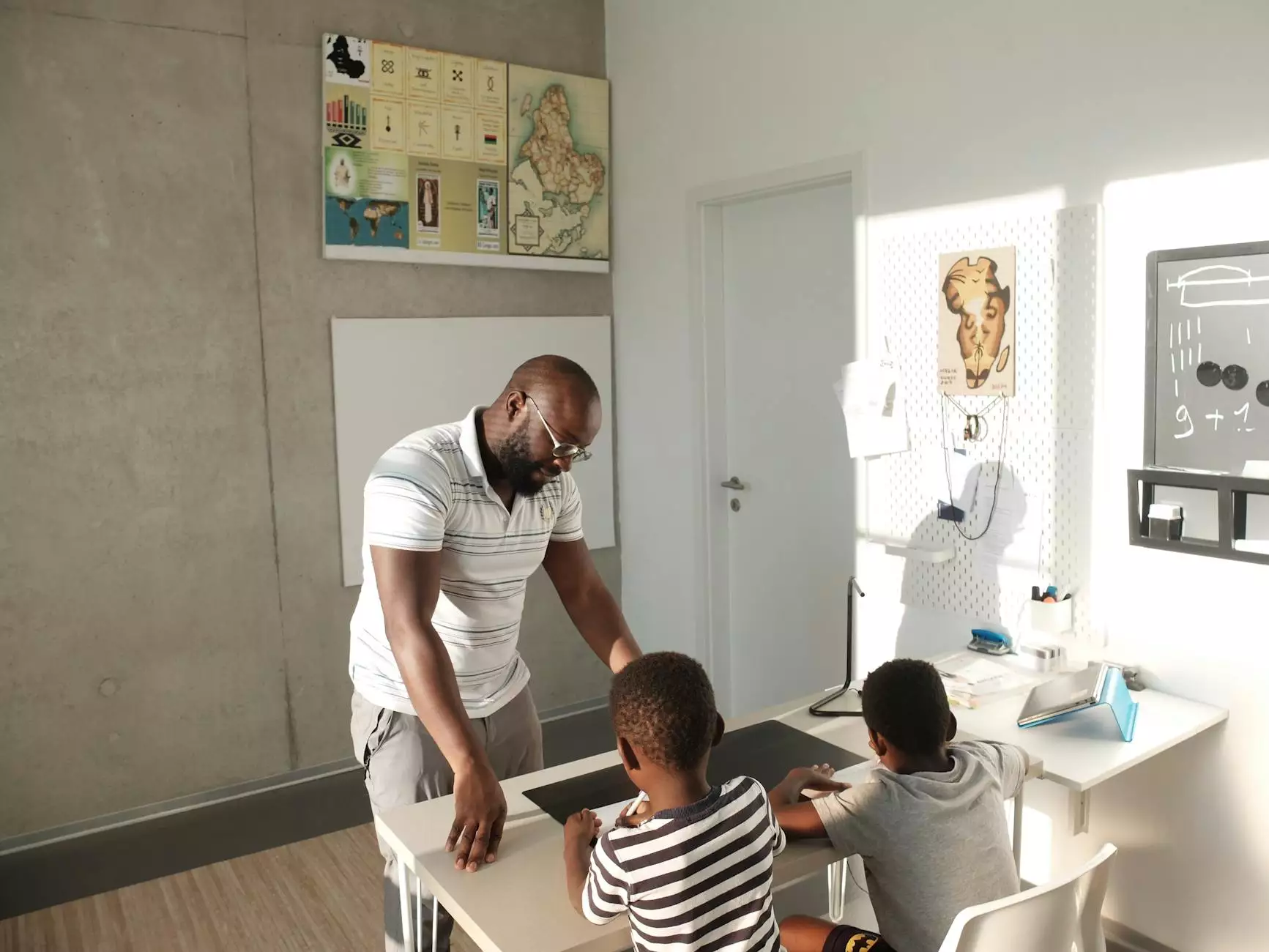Sensory Considerations for Assessment and Employment

Introduction
Welcome to Fountain of Hope's page on Sensory Considerations for Assessment and Employment! We understand the importance of sensory processing and how it can impact individuals during assessments and employment. In this guide, we will discuss various sensory considerations that can help create a more inclusive and supportive environment for individuals across different neurodivergent profiles. Our aim is to provide you with valuable insights and strategies that will enhance the assessment and employment experience for individuals with sensory sensitivities or processing differences.
The Impact of Sensory Sensitivities
Sensory sensitivities refer to the heightened or reduced responsiveness to sensory stimuli in one or more sensory domains, such as sight, sound, touch, taste, or smell. These sensitivities can significantly affect how individuals perceive and interact with the world around them. For individuals on the autism spectrum, those with ADHD, or other neurodivergent profiles, sensory sensitivities are often more prevalent.
During assessments, individuals with sensory sensitivities may experience difficulties focusing or become overwhelmed by certain stimuli, which can hinder their performance or yield inaccurate results. Similarly, in a work environment, sensory sensitivities can affect an individual's comfort, concentration, and productivity, potentially leading to stress or feelings of exclusion.
Sensory Considerations in Assessment Settings
When conducting assessments, it is essential to create an environment that accommodates individuals with sensory sensitivities. Here are some key considerations:
1. Visual Environment:
Ensure the assessment space has optimal lighting conditions. Individuals with sensory sensitivities to bright lights may benefit from natural or adjustable lighting options. Additionally, minimize visual distractions, such as cluttered walls or excessive visual stimuli.
2. Auditory Environment:
Reduce background noise as much as possible, as it can negatively impact individuals with sensory sensitivities. Consider using soundproofing materials or providing noise-canceling headphones to create a quieter environment. Clear communication and the use of visual aids can also be helpful.
3. Tactile Environment:
Offer seating options that accommodate various sensory needs, such as comfortable chairs or sensory-friendly seating alternatives. Ensure that the materials used, such as desks or tables, are suitable for individuals with sensory sensitivities or tactile differences.
4. Timing considerations:
Allow for flexibility in assessment timing to account for individuals who may require breaks or work better during specific times of the day. Providing ample time and avoiding time pressure can reduce anxiety and enhance performance for individuals with sensory sensitivities.
5. Communication:
Establish clear and effective communication strategies, taking into account various communication preferences and styles. Some individuals may benefit from written information or assistive technologies, while others may prefer verbal communication or visual supports.
Sensory Considerations in Employment Settings
Creating an inclusive work environment involves considering the diverse sensory needs of employees. Here are some practical strategies to promote a sensory-friendly workplace:
1. Workspace Design:
Offer flexible workspace options, allowing employees to personalize their surroundings according to their sensory preferences. Consider providing quiet zones or designated areas for individuals seeking sensory relief or concentration.
2. Sensory Supports:
Provide sensory tools and supports, such as noise-cancelling headphones, fidget toys, or ergonomic seating options. These accommodations can help individuals self-regulate and manage sensory challenges while working.
3. Communication and Expectations:
Establish open lines of communication to understand and address individual sensory needs. Encourage employees to communicate their preferences or any challenges they may face due to sensory sensitivities. Collaboratively set clear expectations and find suitable solutions to ensure a productive and comfortable work environment.
4. Sensory Breaks:
Encourage and support the need for sensory breaks throughout the workday. These breaks offer valuable opportunities for individuals to relax, recharge, and maintain their sensory well-being. Flexibility in scheduling and designated quiet spaces can facilitate sensory breaks.
5. Training and Awareness:
Provide training and raise awareness among all employees about sensory sensitivities and their impact. Educate staff on strategies to support colleagues with sensory differences and promote a culture of understanding and empathy.
The Benefits of Sensory Considerations
By implementing sensory considerations in both assessment and employment settings, Fountain of Hope aims to create environments that celebrate neurodiversity and maximize the potential of every individual. The benefits of adopting sensory considerations include:
- Improved Accuracy in Assessments: By minimizing sensory distractions, individuals can better focus on the assessment tasks, leading to more accurate results.
- Enhanced Well-being: Sensory considerations contribute to a more comfortable and supportive environment, reducing stress and increasing individuals' well-being.
- Increased Productivity and Retention: When employees feel understood and accommodated, job satisfaction and productivity tend to increase, leading to higher employee retention rates.
- Promotion of Inclusion: Sensory considerations help create an inclusive environment that embraces diversity and supports individuals with sensory sensitivities or processing differences.
Conclusion
Fountain of Hope recognizes the significance of sensory considerations in assessment and employment settings. By implementing these considerations, we aim to promote inclusivity, enhance individual experiences, and drive positive outcomes for individuals with sensory sensitivities or processing differences. We hope that this guide has provided valuable insights and actionable strategies that can be effectively applied to create supportive environments that empower individuals to thrive professionally.










